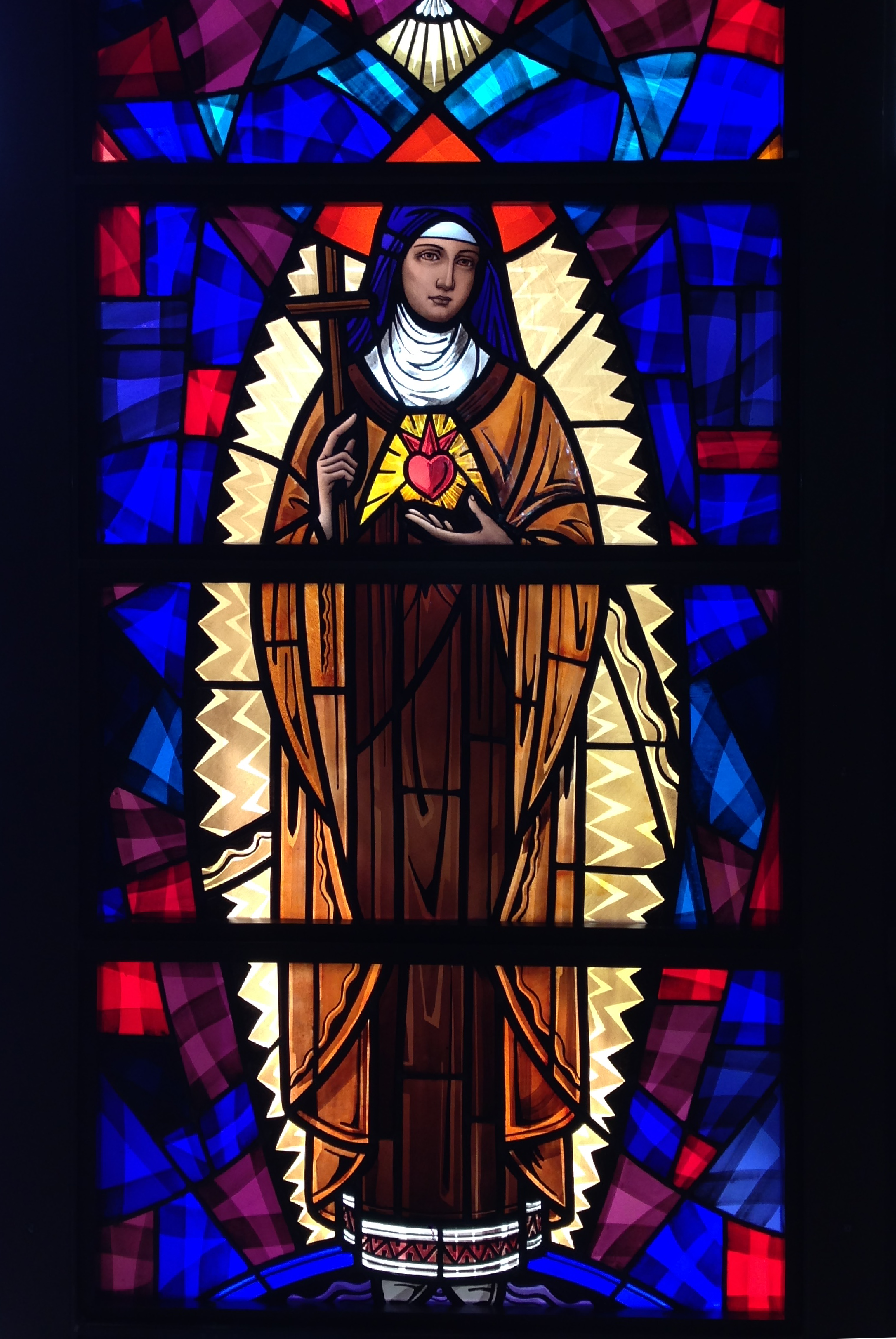Avoiding the commercialization of Christmas is a real challenge. For Catholics, the liturgical season of Advent helps us focus on the spiritual preparation for Christmas and on the coming of Our Lord. (Advent comes from the Latin adventus, meaning “coming.”) The catechism stresses the two-fold meaning of this “coming”: “When the church celebrates the liturgy of Advent each year, she makes present this ancient expectancy of the Messiah, for by sharing in the long preparation for the Savior’s first coming, the faithful renew their ardent desire for His second coming” . Therefore, on one hand, the faithful reflect back on Our Lord’s first coming when He humbled Himself, becoming incarnate and entered our time and space to free us from sin. On the other hand, we recall in the creed that Our Lord will come again to judge the living and the dead and that we must be ready to meet Him.
First, make an Advent wreath. The wreath is a circle, which has no beginning or end: God is eternal, and His love for us is everlasting. The wreath is made of fresh plant material, because Christ came to give us new, everlasting life through His passion, death and resurrection. Three candles are purple, symbolizing penance, preparation and sacrifice; the pink candle symbolizes the same but highlights the third Sunday of Advent, Gaudete Sunday, when we rejoice because our preparation is now halfway finished and Christ will soon come. The light represents Christ, who entered this world to scatter the darkness of evil and show us the way of righteousness. The progression of lighting candles shows our increasing readiness to meet Our Lord.
Second, pray. Hopefully prayer already is part of the daily routine, but if not, make it one. Schedule a regular time for prayer. Also, pray the rosary, individually or as a family. Ponder the various events in the life of Our Lord, and the example of Mary, “the handmaid of the Lord,” who gave of herself to receive the gift of the Savior. For little children, who have a shorter attention span, maybe just pray a decade each night, looking at one mystery; over the four weeks of Advent, all the mysteries will have been prayed.
Third, read sacred Scripture. This liturgical year, the Sunday Gospel passages will be taken primarily from St. Matthew. However, do not just read the Gospel; rather, spend a few minutes reflecting upon it, inserting oneself into the passage, and allowing the Holy Spirit to speak in the quiet of one’s heart.
Fourth, take the time for confession. Do a thorough examination of conscience. If it has been a while since the last confession, find a good examination of conscience, and over the course of the week pray for help from the Holy Spirit
Fifth, teach. For children especially, read to them the stories of St. Francis and the first Christmas crèche, St. Boniface and the first Christmas tree, or St. Nicholas who is Santa Claus.
Finally, give. Give of yourself by doing good works. Good works help heal the hurts caused by sin, including our own. Each day, do a good work — say a prayer for a person, help a neighbor in need or make a sacrifice for a special intention. Whatever the good work, write it in the blank space. At the end of Advent, one will have a beautiful gift for the Lord.
